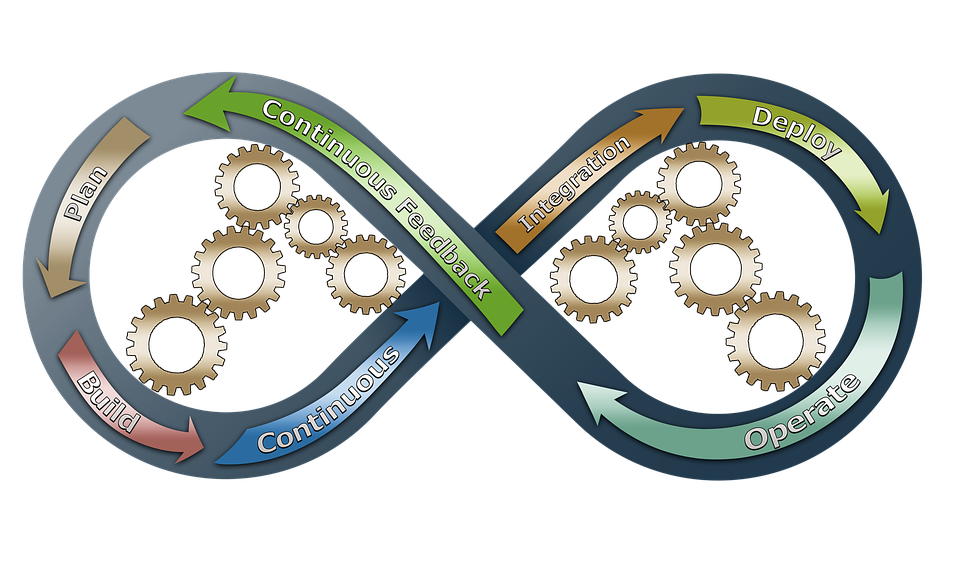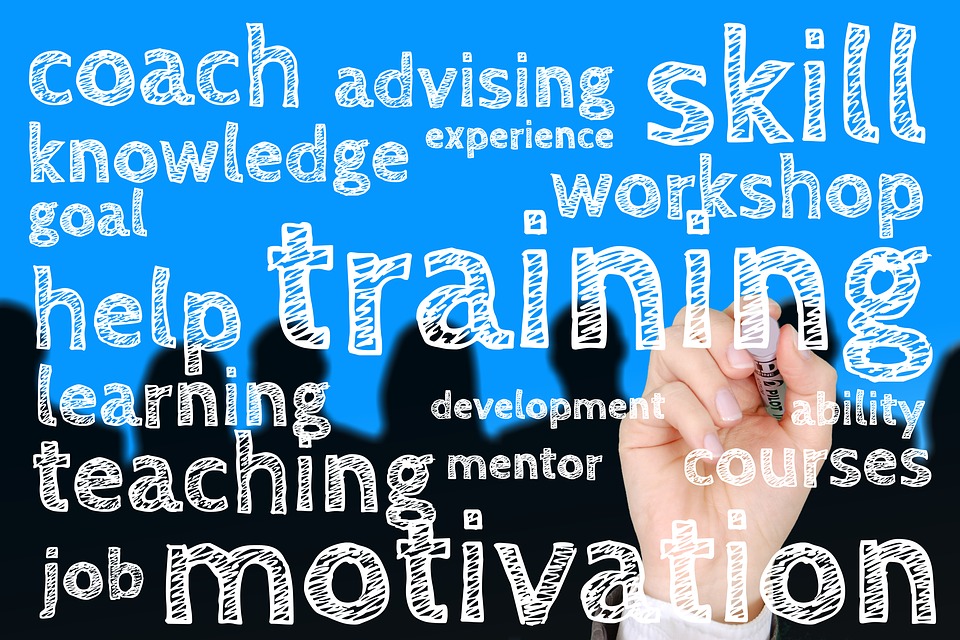In my last article I talked about the importance of making performance management an ongoing process versus just an annual event. Performance should be managed in the spirit of learning and development, helping employees build on their strengths and embrace the challenge of acquiring new skills and responsibilities. Leaders should model this by continuing to develop their own capabilities.
But with goals to meet, teams to manage and issues to resolve, how do you, as a leader, go about achieving this?
It takes focus. Daniel
Goleman, author and psychologist, says that leaders need three kinds of
focus:
1) Inner focus, 2) Other focus, and 3) Outer focus.
Let’s apply this to the performance management process.
Inner focus. Inner focus is the ability to monitor your thoughts, feelings and emotions. This may be the hardest focus to achieve because it means you actually have to stop. And think. And few of us, in our ever-busy, need-to-achieve world, give ourselves that time. Yet those who do, as indicated in the Inc. article, Why Successful People Spend 10 Hours a Week Just Thinking, reap multiple benefits. Warren Buffet estimates he has spent about 80% of his career reading and thinking. Bill Gates takes a week off twice a year to spend time reading and reflecting. Give yourself time away from the noise to reflect on areas where you might better utilize team members’ skills, where they need to improve or prepare for what’s next, and what you personally need to do to prepare.
Other focus. This is the ability to empathize with others. Other focus will help improve your relationships with individual team members and the team as a whole. Use other focus to give employees regular feedback – both positive and developmental. Ask how you can help. Listen. Ask for their feedback. Position yourself as a coach with the intent to help them achieve team, organizational and personal goals.
Outer focus. Outer focus is the ability to understand the larger forces/systems in play and to think strategically. This is where you set the vision for the team and communicate where the organization is headed. Help each team member understand how their goals tie to the team goals and how the team goals tie to the organizational goals. When employees can visualize how what they do impacts the direction and success of the organization, they are more likely to be engaged, perform better and stick around. And that’s what effective performance management is all about.
If you need help in making performance management a process and not just an event, please contact me at michelle@connecttohr.com.














